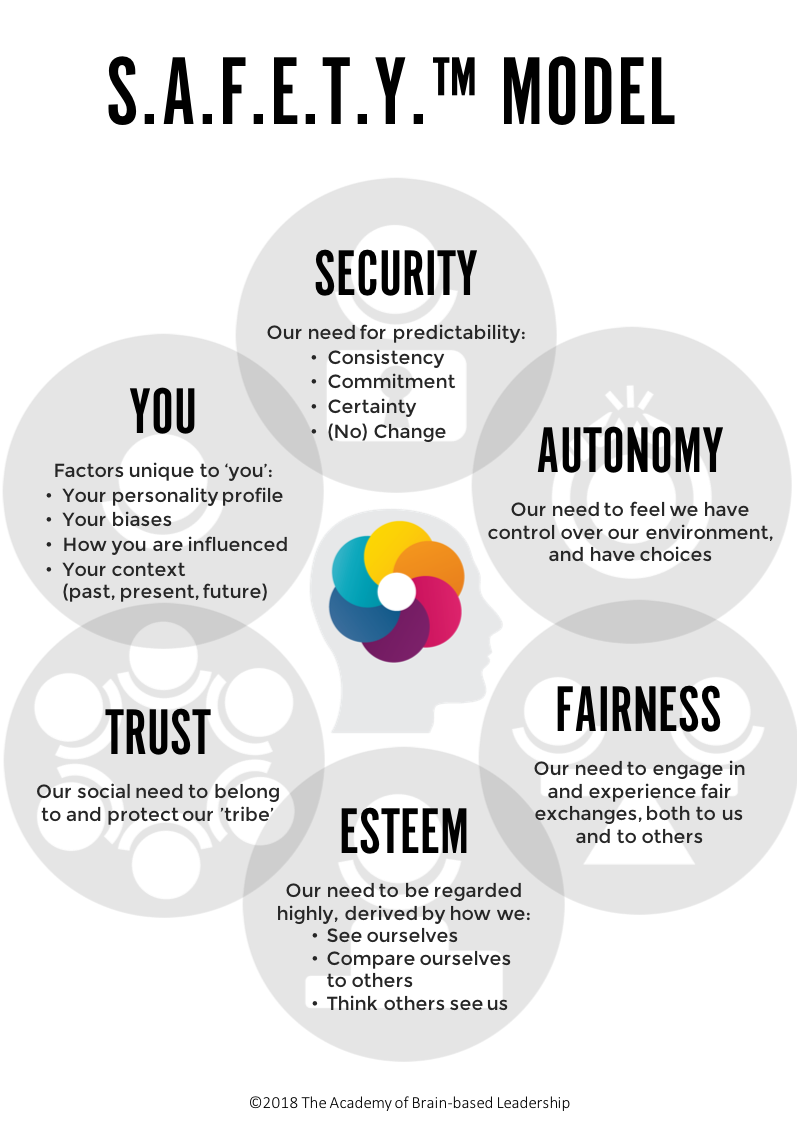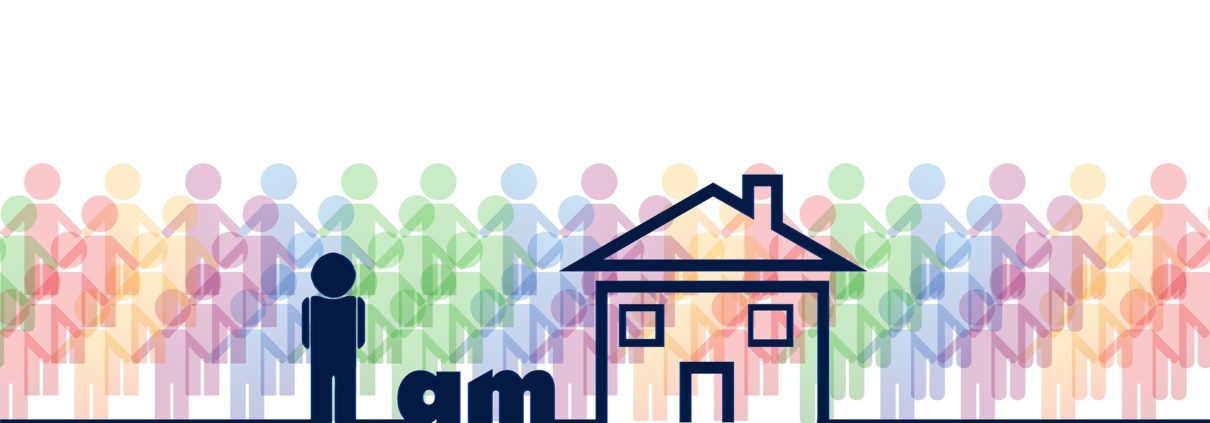What does working together mean right now?
For many of us, our ‘working together now’ is via technology rather than being together in the office. Remote teaming and working from home now, and for the near future, is the new norm.
This has some interesting considerations from a brain science perspective. Our brains are wired for connection. That means that how we build and manage teams activates brain structures for either trust and collaboration or conflict and competition.
With COVID-19 the reason we are now working from home, and the stress (even anxiety) this has triggered, a number of people may be in a heightened state of threat response because of environmental factors. It may even include colleagues who are losing their job, and you are still working. For others, who have never worked from home before, using new and unfamiliar systems/technology to connect to work and colleagues can trigger a threat response. This also slows them down and they don’t have the resource nearby to assist.
Then there are those for whom working from home is familiar, but now there is the added stress of everyone in the household working from home, which presents its own unique pressure. Of course, for those used to working from home, it’s situation normal on the work front, what is different are the isolation requirements invoked by COVID-19 management strategies.
Technology does allow us to work with others via video screens and phones. Yet, our brains were built for in-person interactions. Being able to read meaning and intent in others who are in close physical proximity allows us to more accurately interpret meaning through pheromones and other micro-messaging signals.
When working remotely it is even more important to pay attention to cultivating collaboration and seeking to bring out the best in everyone. Yes, it is about building trust, commitment and engagement in the virtual environment. What can be different are the things that trigger a threat response in people.
In the virtual environment these may be people not knowing how to, or simply not using technology well. Technology itself not working well. Being distracted during virtual meetings. ‘social loafing’ or people not doing their share. All of these things can trigger a threat response that leads to people becoming frustrated, angry, overwhelmed or feeling disconnected.
Paying attention to boosting psychological safety can be a great way to redress this.
Professor Amy Edmundson defines psychological safety as ‘a sense of confidence that the team will not embarrass, reject or punish someone for speaking up with ideas, questions, concerns or mistakes’.
The S.A.F.E.T.Y.TM Model, developed by the Academy of Brain-based Leadership (ABL) in conjunction with Professor Edmundson describes six important social drivers to human behaviour:
important social drivers to human behaviour:
- Security (predictability)
- Autonomy (control)
- Fairness (equity)
- Esteem (status)
- Trust (belong)
- You (factors unique to you)
As a contributing member of your virtual team, here are some things you can do to help minimise threat and maximise reward for yourself and your colleagues:
- Security – providing regular updates and check-ins and being clear around expectations and outcomes that need to be achieved while people are working remotely.
- Autonomy – offering flexibility and choice where you can so that people can self-determine the ‘how to’ of what they will do to deliver to clear timeframes and outcomes.
- Fairness – emphasising actively including people as appropriate, there may be a higher need for collective collaboration to ensure that a productive overall team dynamic is maintained. For example, start and end of day check-ins
- Esteem – seeking opportunities for feedback, engagement and recognition both 1:1 and whole team. Find ways to provide productive feedback to each other.
- Trust – ensuring that people still feel a sense of belonging even though they aren’t seeing people at the office every day. Use messaging apps, and make regular contact with all of your team colleagues
- You – relating to your own preferences, experiences and context. This is individual and is the uniqueness that we all bring to our work and team.
Working remotely and via technology does require people to pay more attention to social and emotional intelligence needs and cues.
Here are a couple of questions to help you start the conversation with your team about how you can help to support and encourage each other to maintain and boost the psychological safety of your team.
- What is your one big idea for how we can boost psychological safety for our team?
- What first step can you take to get started right now?
Contact me for more information on how to assess and build your own and your team’s psychological safety.



Leave a Reply
Want to join the discussion?Feel free to contribute!